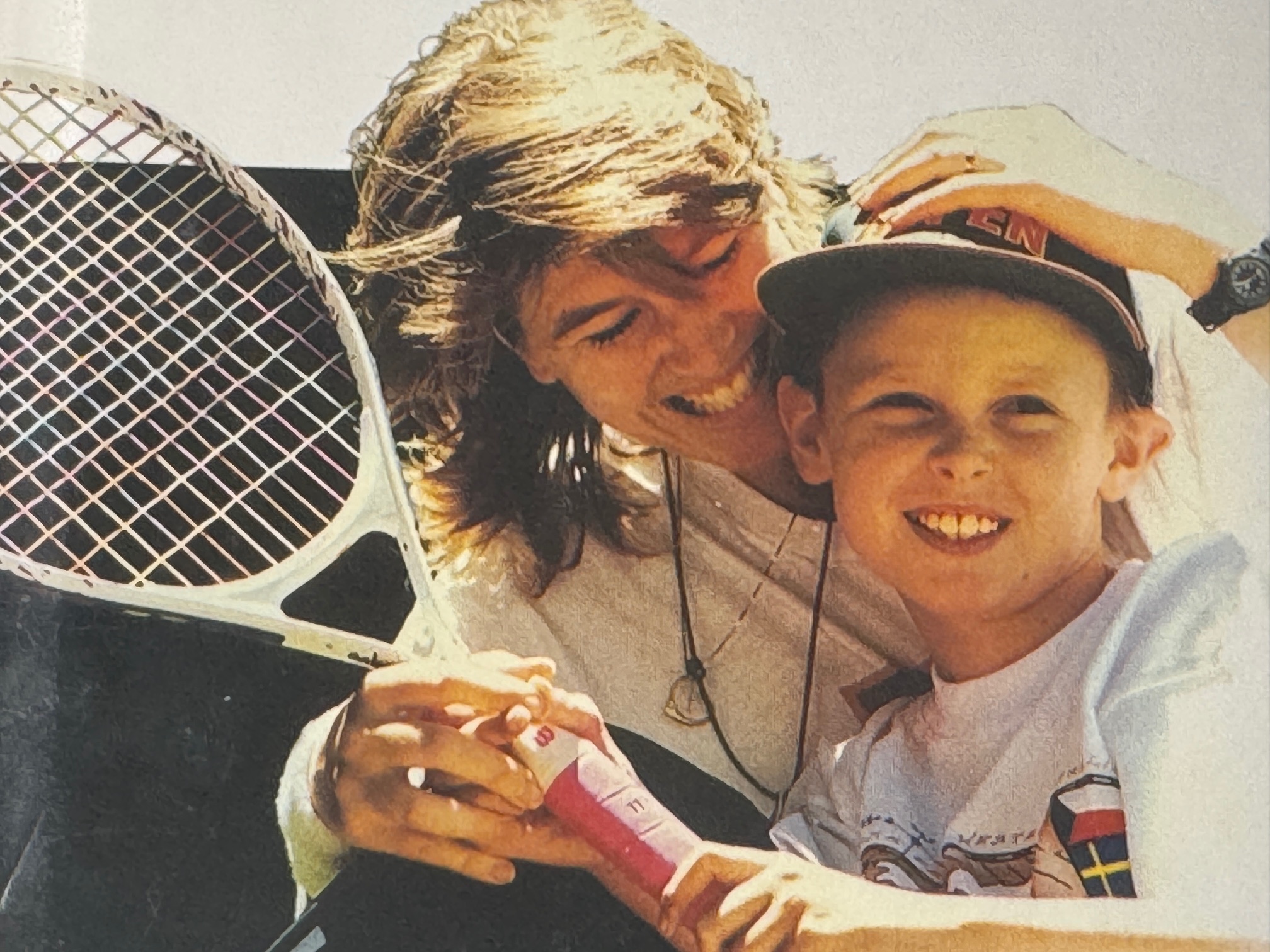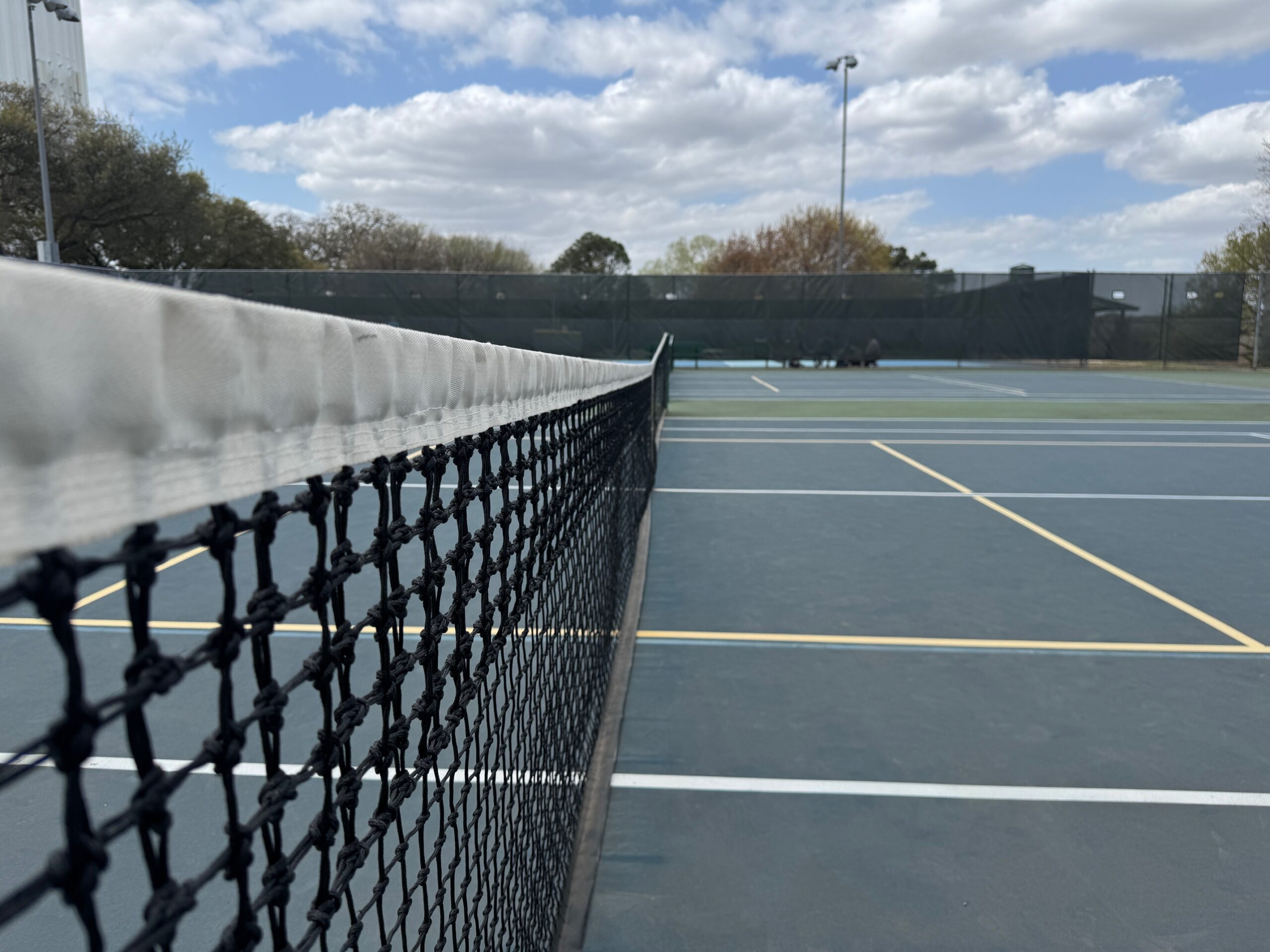For the past few weeks, I have been reading books about the “inside story” of professional tennis. Last up in this genre for a while is Break Point: The Inside Story of Modern Tennis by Kevin Mitchell. The one-time winner of the Sports Journalist of the Year in Great Britain first published this book in 2014.
At the time, it appeared that the “golden age” of tennis might be coming to a close with what was thought to be the imminent retirement of Roger Federer and Rafael Nadal. While I had expected Break Point to revolve around life on the tour, that isn’t what the book was about. Instead, it is a treatise on how the “Big Four” players had dominated for so long.
When Mitchell’s book was published in 2014, Andy Murray was arguably at the pinnacle of his career. His big breakthrough came in 2012 when he won Olympic Gold and the US Open. He backed it up in 2013, by winning Wimbledon. You cannot fault Mitchel for advocating that the “Golden Era” of tennis featured a Big Four that included Murray.
At that moment, it probably wasn’t a stretch to consider Roger Federer, Rafael Nadal, Novak Djokovic, and Murray as the most dominant players in the game. That grouping looked solid for a while as Murray went on to almost single-handedly win the 2015 Davis Cup for Great Brittain. He also won another Olympic Gold in 2016 and a second Wimbledon title.
However, with the benefit of hindsight, it is debatable that the “Big Four” was a thing, as is the inclusion of Murray in the list. His injuries caused a precipitous decline in his performance. At the same time, the other three players continued to win almost everything in sight.
Consequently, if you are an Andy Murray fan who believes he stands at the same level as Federer, Nadal, and Djokovic, Break Point is the book for you. It essentially lays out the case for that perspective. The book will probably not appeal to readers who do not subscribe to that viewpoint.
When it was published in 2014, Mitchell’s thesis was that the dominance of the “Big Four” was under sustained pressure from the challenge of hungry young contenders who were about to break through. The book is positioned as an “end of an era” account of the tour. As most tennis fans know, the “golden era” was still going strong until the recent retirement of Roger Federer.
I am a fan of Andy Murray, yet I struggle to include him as a member of the “Big Four.” Recent history just doesn’t support that claim. Consequently, Break Point did not resonate with me. That made the book come off as a heavy-handed attempt to solidify Murray’s place in history rather than illuminating life on the tour.
Fiend At Court participates in the Amazon associates program and receives a paid commission on any purchases made via the links in this article. Details on the disposition of proceeds are available on the “About Fiend at Court” page.




Fun to think what would have happened in the grand slam title race if Murray hadn’t been sidelined in his prime. He was proving dominant on grass and excellent on hardcourt. Murray may have won more slams thus reducing Novak and Roger’s totals and potentially leaving Nadal as the GOAT.
I totally agree. Another one of my hot takes is derived from considering who might be the next player in a “Big Four.” Murray is at the top of the mix as well as Stan Wawrinka. Some consider Alacaraz, an emerging candidate, but he is in a completely different cohort.
Not to take anything away from the “Big Three,” but I think they were helped that the generation behind those guys may be one of the weakest in history. In other words, the dominance of the Big Three may not have been because they were so great but because the younger players that should have unseated them weren’t very good.
If very young players such as Alcaraz, Jannik Sinner, Holger Rune, etc., start to dominate, that will galvanize me into that belief.
In my opinion, when Roger had his incredible run winning 11 of 16 grand slams in 2004-2007, Pete was gone, Andre was at the end of his career, and there were perhaps the weakest top men’s players in history (think Ferrero, Roddick, Hewitt and Safin). This contributed to Roger winning nearly 70% of the majors during this time period. Only Rafa and a bad line call at the Aussie stopped Roger from possibly winning three consecutive calendar year grand slams in this period. What does that say about the level of competition around him?
Since then, I agree most of the subsequent cohorts of men’s players simply haven’t had “it”. However, when you consider the incredible level of talent players like Thiem and Medvedev possess, I think it’s clear the Big Three would have regularly beaten even the likes of Andre, Pete and Jim in their prime.
Said Andre of Roger after losing to him in the 2005 US Open final, “He’s the best I’ve ever played against. There’s nowhere to go [against Federer]; there’s nothing to do except hit fairways, hit greens and make putts. Every shot has that sort of urgency on it. And if you do what you’re supposed to do, you feel like it gives you a chance to win the point. That’s just too good.”